Dazzling Photos of Russia’s First Annual Pyrotechnic Festival
At an international fireworks competition in Moscow, leading companies stretched far beyond pyrotechnics’ ancient origins
Last month, fancy colors and patterns burst over Moscow skies at the first annual Russian fireworks festival. The two-day extravaganza, held August 21 and 22, centered on a pyrotechnics competition featuring eight competitors selected in a secret vote by the festival’s organizing committee. The pyrotechnicians came from Europe, Asia, Latin America—and, of course, Russia—to light up the sky.
There are a number of other fireworks competitions around the world. One in Canada, L’International des Feux Loto-Québec, or the Montreal Fireworks Festival, celebrated its 31st event this year and is “generally regarded as the industry’s most prestigious” competition, according to the New York Times. In the UK, the Firework Champions involves teams “firing against each other” across the nation every year. There are other competitions in the Phillipines, Mexico and Sweden.
This first annual competition in Moscow was hosted by Rostec, a Russian state-owned defense conglomerate that also managed the fireworks during the opening of the 2014 Olympics in Sochi. The selecting committee considered 20 teams this year, but ultimately accepted only eight. The top prize went to the Russian team.
Firework displays have come a long way. According to Popular Mechanics, the first rudimentary fireworks exploded in 200 B.C., when locals in ancient China threw bamboo onto a fire, which exploded due to air expanding inside the reeds. As author Michael S. Russell writes in The Chemistry of Fireworks, by the 8th century—roughly 1,000 years later—alchemists in China stumbled on the next big advancement in fireworks. While searching for "the elixir of life," they combined “all manner of substances including oils, honey and beeswax,” Russell writes, “but among the most significant, so far as future firework makers were concerned, were the ingredients sulfur and saltpetre.” That second ingredient—also spelled saltpeter—refers in this case to potassium nitrate, defined as “a white powder that exists naturally in some soils and that is used especially as a fertilizer, in medicine and to make gunpowder.”
While they didn't find the elixir of life, Chinese alchemists found something else marvelous: When they combined honey, sulfur and saltpeter and evaporated it over heat, the contents would suddenly erupt, as Russell puts it, “into a wall of flame.” While the details of their discovery made it to Europe, Russell notes that no one is quite sure when or where “true” gunpowder—meaning a combination of sulfur, saltpeter and charcoal, as used in fireworks today—was invented. Various countries, he writes, like to take credit. However, by about the year 1000 people in China were using a gunpowder-like formula and making crude rockets.
Fast-forward to today, and our firework displays are intricately shaped and full of rich color. In recent years, tech advances have blown the firework shows of even a few decades ago out of the water, especially in terms of precision. Previously, the BBC writes, when it came to pairing music with the visuals, “any notion of syncing the beats to the bursts was usually a happy accident rather than anything pre-planned.” But these days, sound and sight can unite: “New software and hardware means shells and cannons can be fired remotely up to two miles away,” the BBC explains, “and timed to within 1/100th of a second.”
/https://tf-cmsv2-smithsonianmag-media.s3.amazonaws.com/accounts/headshot/michele-lent-hirsch.jpg)
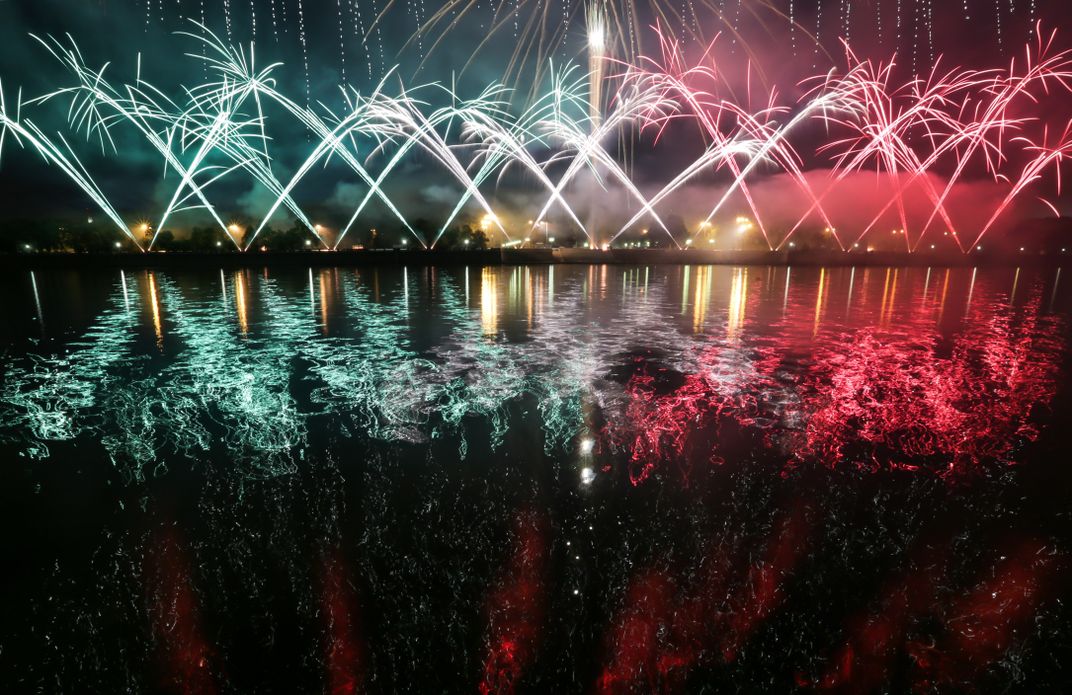
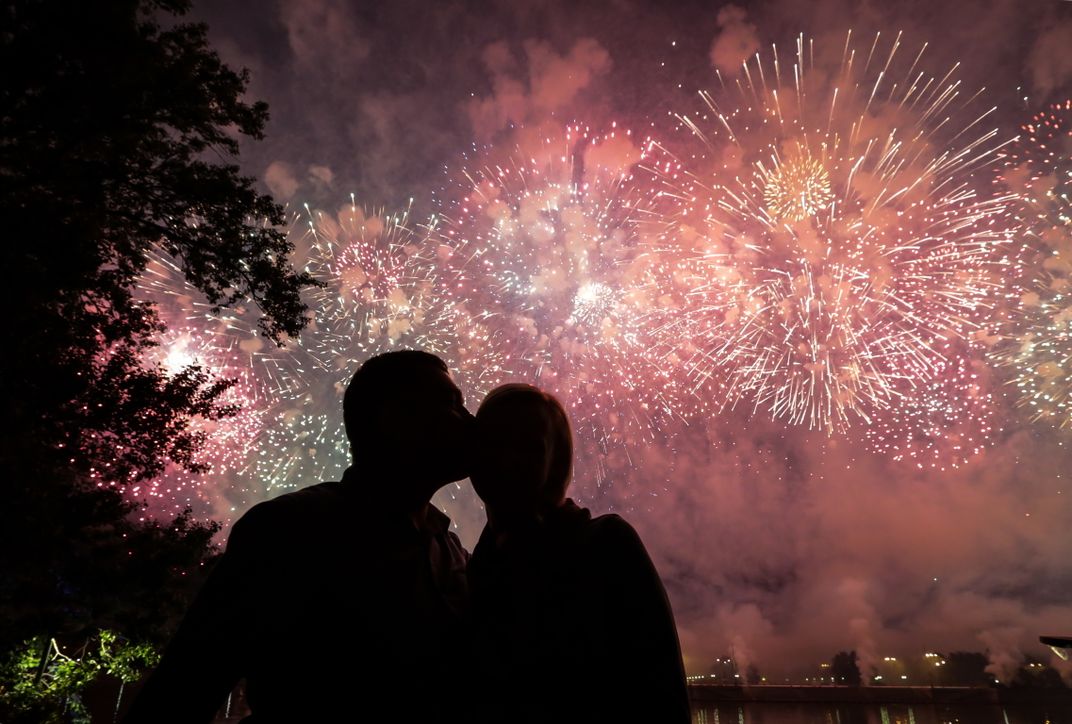
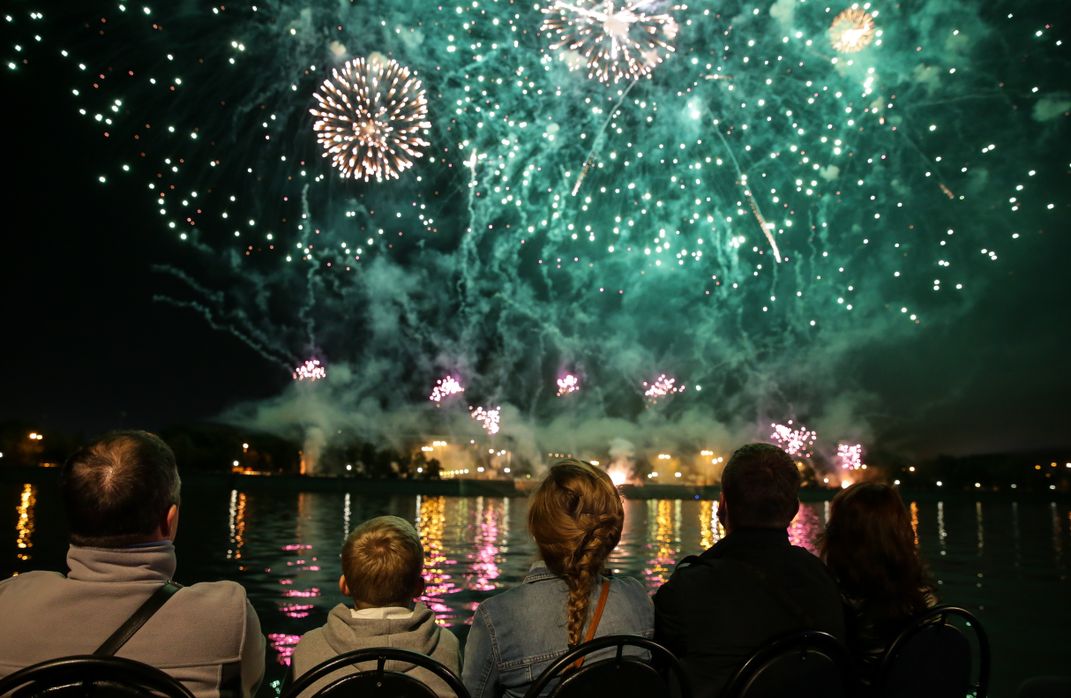
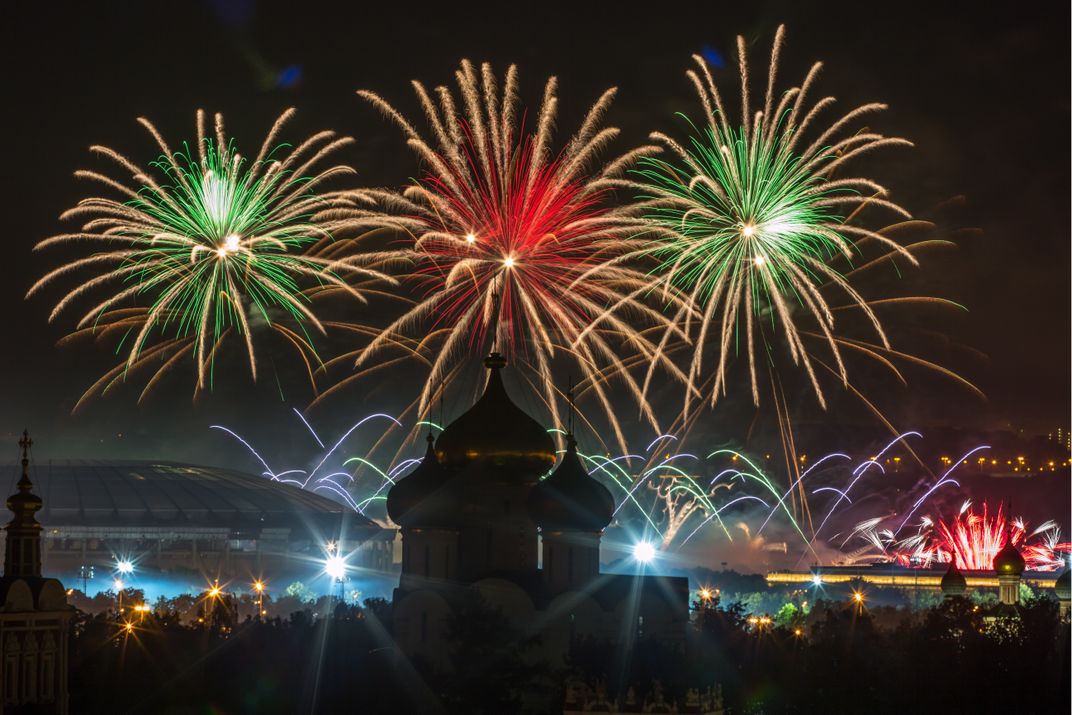
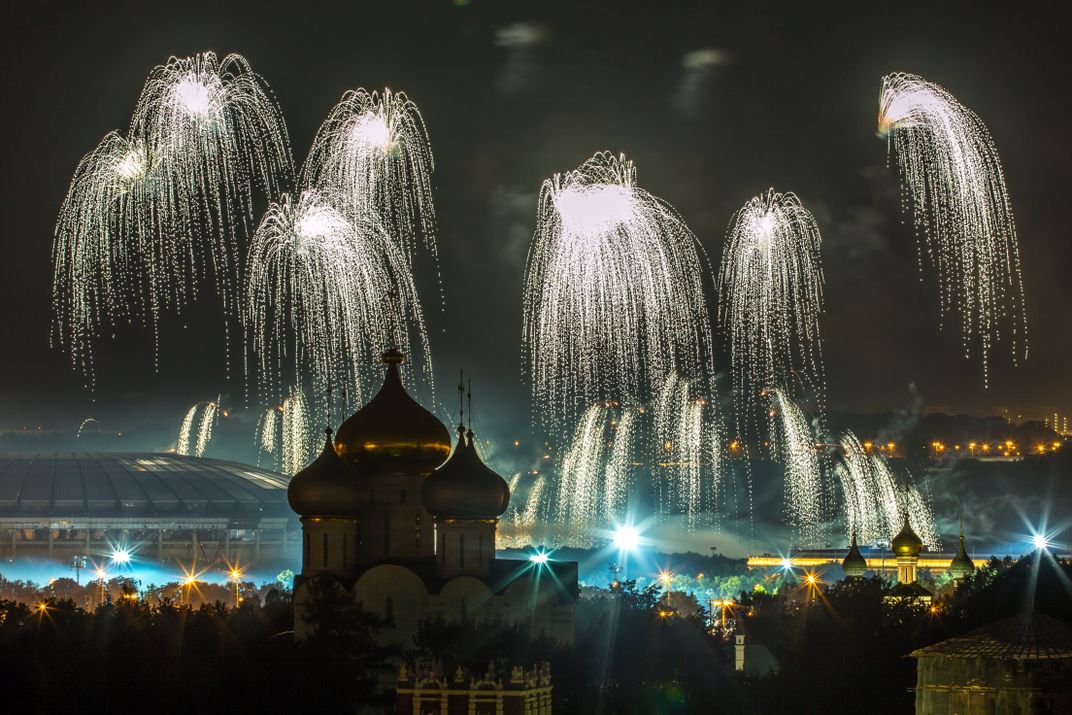
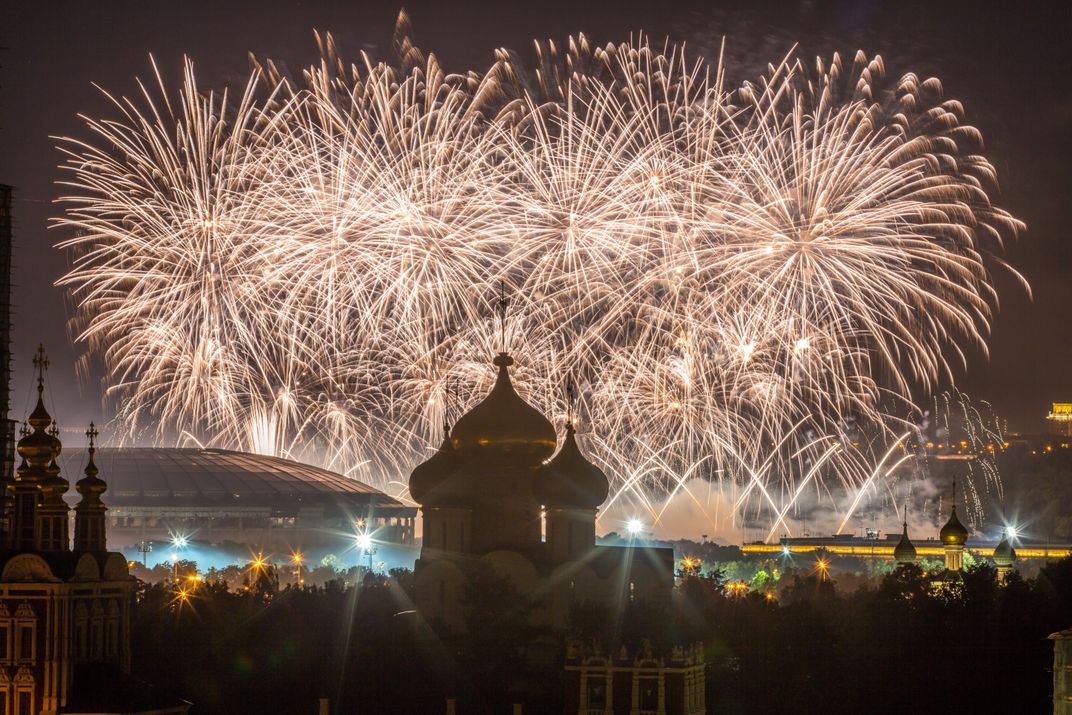
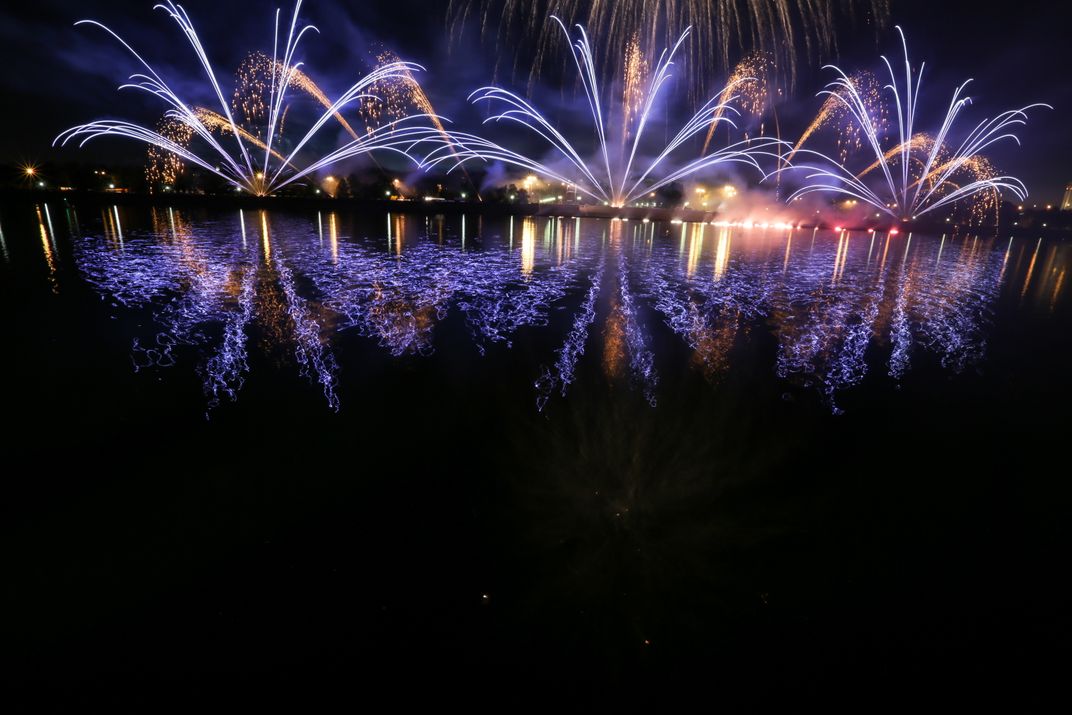
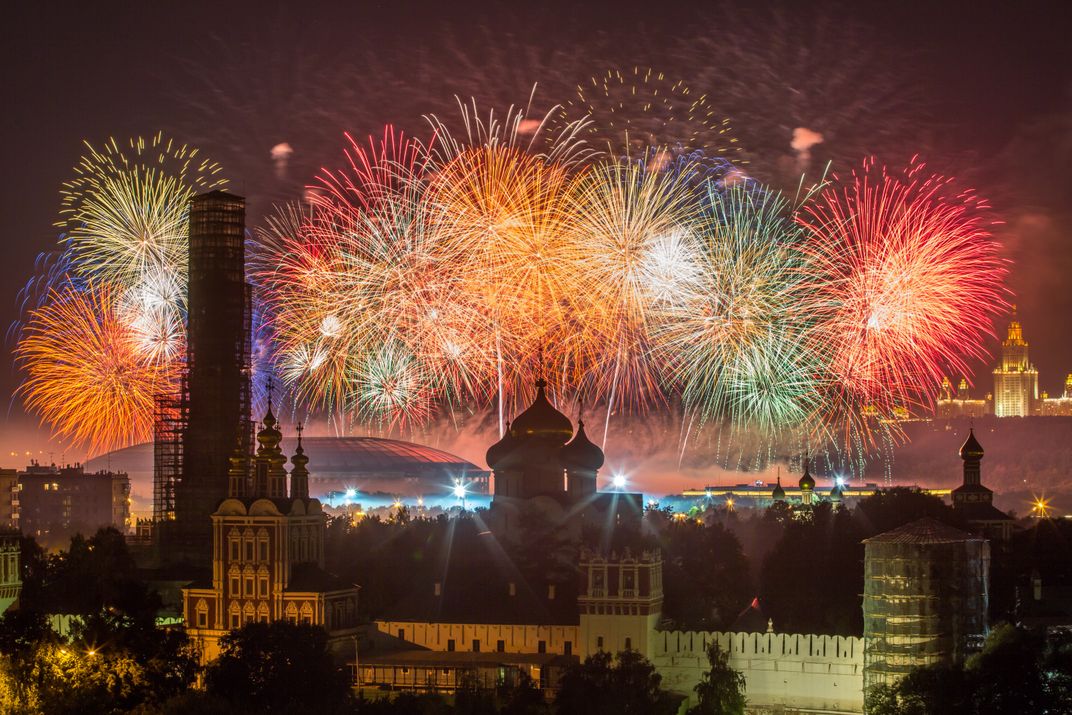
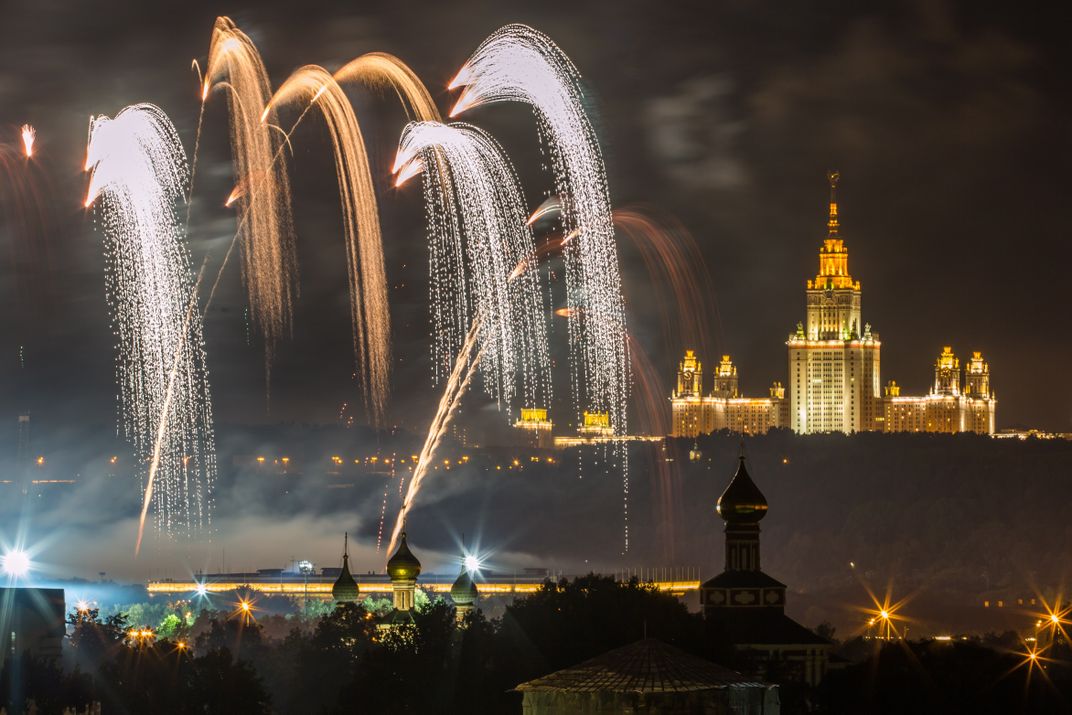
/https://tf-cmsv2-smithsonianmag-media.s3.amazonaws.com/accounts/headshot/michele-lent-hirsch.jpg)